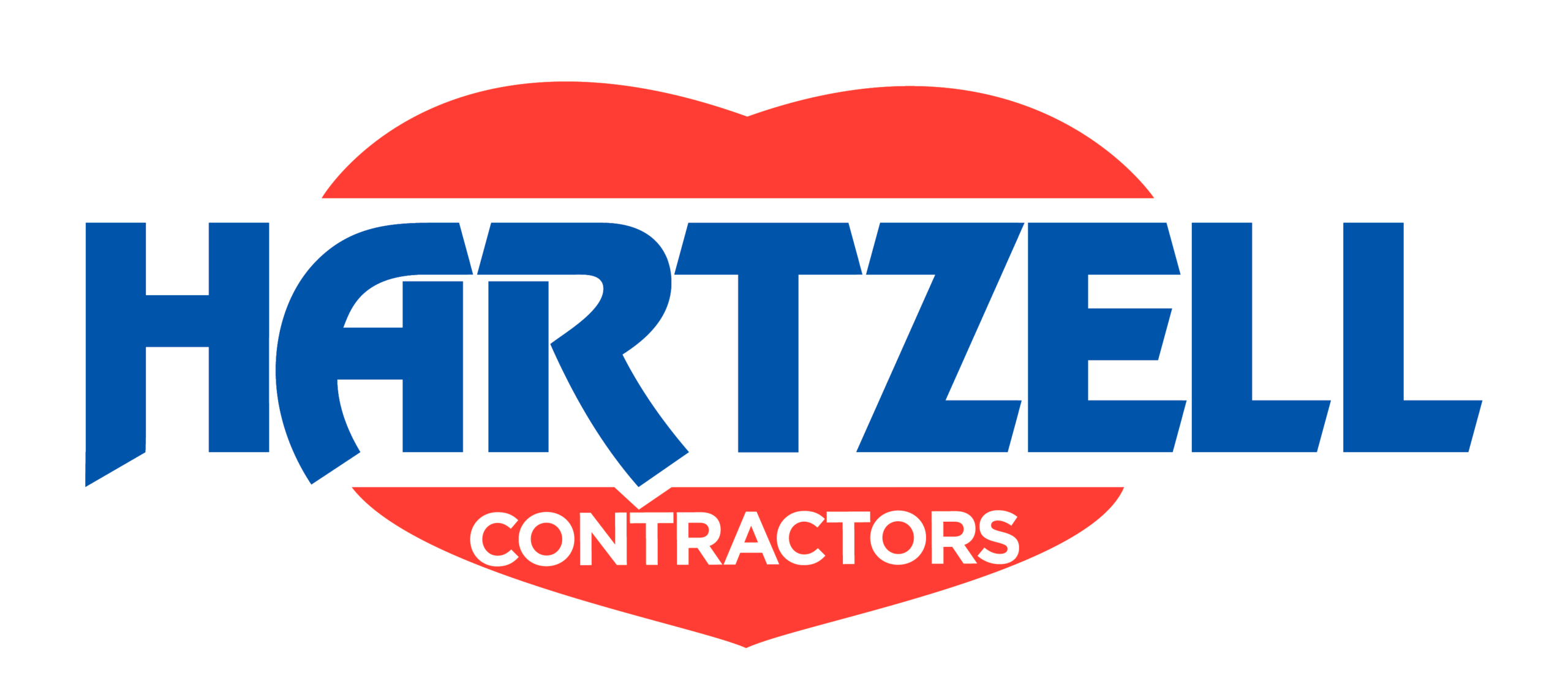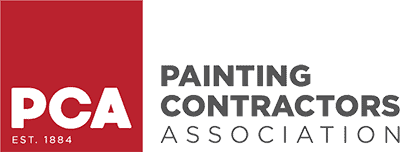If you’ve ever hired a crew for a commercial paint project in Ft. Lauderdale, FL, you know it’s more complicated than just rolling color onto walls. Each day on-site exposes challenges—logistics, safety, product performance, weather, and cost—that directly influence the final outcome. These realities don’t signal failure; they’re exactly why experienced commercial painters are essential.
Understanding what goes into a single day of commercial painting helps property owners and facility managers set better expectations, budget accurately, and appreciate the expertise behind professional painting services. In this article, we’ll break down six harsh realities of a commercial paint project and explain how professionals keep them under control.
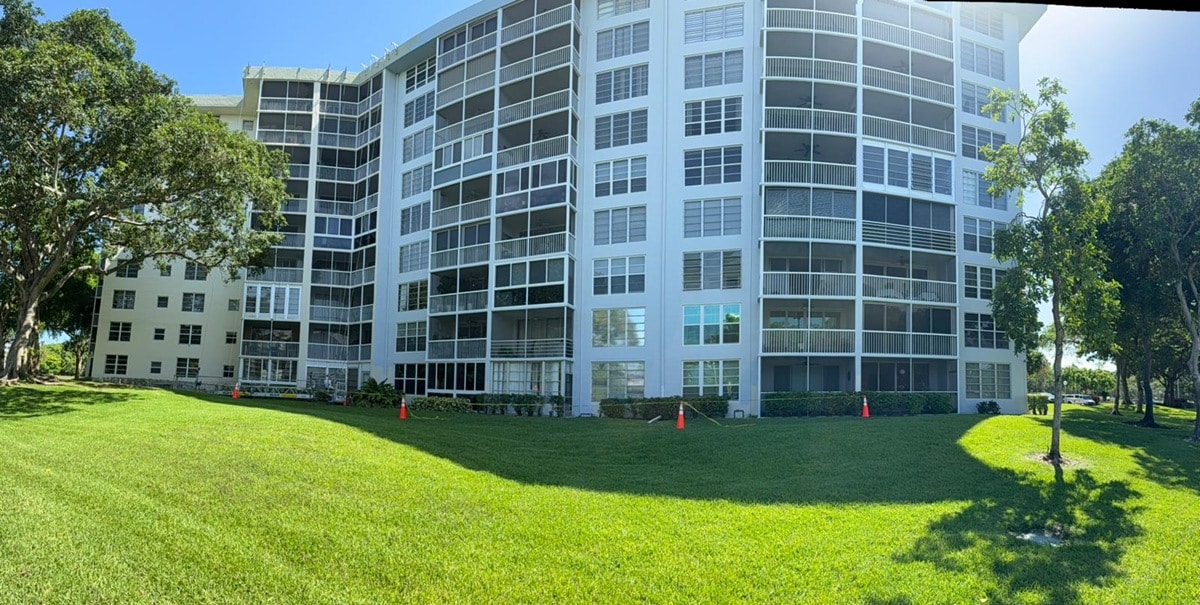
Reality #1 – Scheduling Around Business Operations Is Complex
Commercial buildings in Ft. Lauderdale rarely shut down for painting. Tenants still need to run offices, shops, or medical facilities, and that means painters must adapt. Coordinating work around business operations requires planning that often includes night shifts, weekend work, or phased scheduling.
For example, repainting a retail store might require overnight work so customers are not disrupted. In healthcare settings, strict infection-control protocols demand section-by-section work while patients are still in the building. Every hour of downtime matters, and delays can frustrate tenants or reduce revenue.
Professional project managers use scheduling software and jobsite coordination meetings to keep communication clear. Painters also stagger crews, bring in backup teams, and sequence the work to minimize interference.
Table 1 – Common Scheduling Challenges in Commercial Paint Projects
| Challenge | Impact on Property | Professional Solution |
|---|---|---|
| Tenants in active use | Noise, odors, interruptions | Night/weekend shifts |
| Multi-contractor jobsites | Conflicting work schedules | Jobsite coordination meetings |
| Emergency rescheduling | Project delays | Flexible crew deployment |
Reality #2 – Surface Prep Consumes Most of the Workday
Property managers often wonder: why does painting take so long when most of the day isn’t spent with a brush or roller? The truth is, up to 70% of a commercial paint project involves surface preparation. Paint will only adhere and perform as intended if the substrate is clean, smooth, and stable.
On concrete block walls, crews may apply masonry primers to seal pores. Rusted steel beams require mechanical abrasion and epoxy primers to prevent corrosion. Drywall with gouges or water stains must be patched, sanded, and primed with stain-blocking products. In Ft. Lauderdale’s humid climate, elastomeric coatings are often used on exterior stucco to bridge hairline cracks and prevent moisture intrusion.
Skipping or rushing surface prep risks blistering, peeling, or premature coating failure. For clients, this means paying twice for the same project.
Reality #3 – Safety Standards Cannot Be Skipped
A day in a commercial paint project isn’t only about brushes and sprayers—it’s also about harnesses, respirators, and scaffolding. OSHA requires strict fall-protection systems for crews working at heights, and painters in Ft. Lauderdale often deal with multi-story facades. Add in EPA rules for lead-safe practices in older buildings, and safety becomes non-negotiable.
Common hazards include:
- Ladders and scaffolding on uneven ground
- Exposure to solvents or coatings in confined spaces
- Heavy equipment such as aerial lifts
Crews spend hours setting up PPE, dust containment barriers, and ventilation systems. While it might seem like lost time, these measures protect workers and tenants while reducing liability for property owners.
Professional commercial painters maintain updated certifications, safety manuals, and compliance logs so that property managers can show regulators everything was done by the book.
Reality #4 – Weather and Site Conditions Dictate Progress
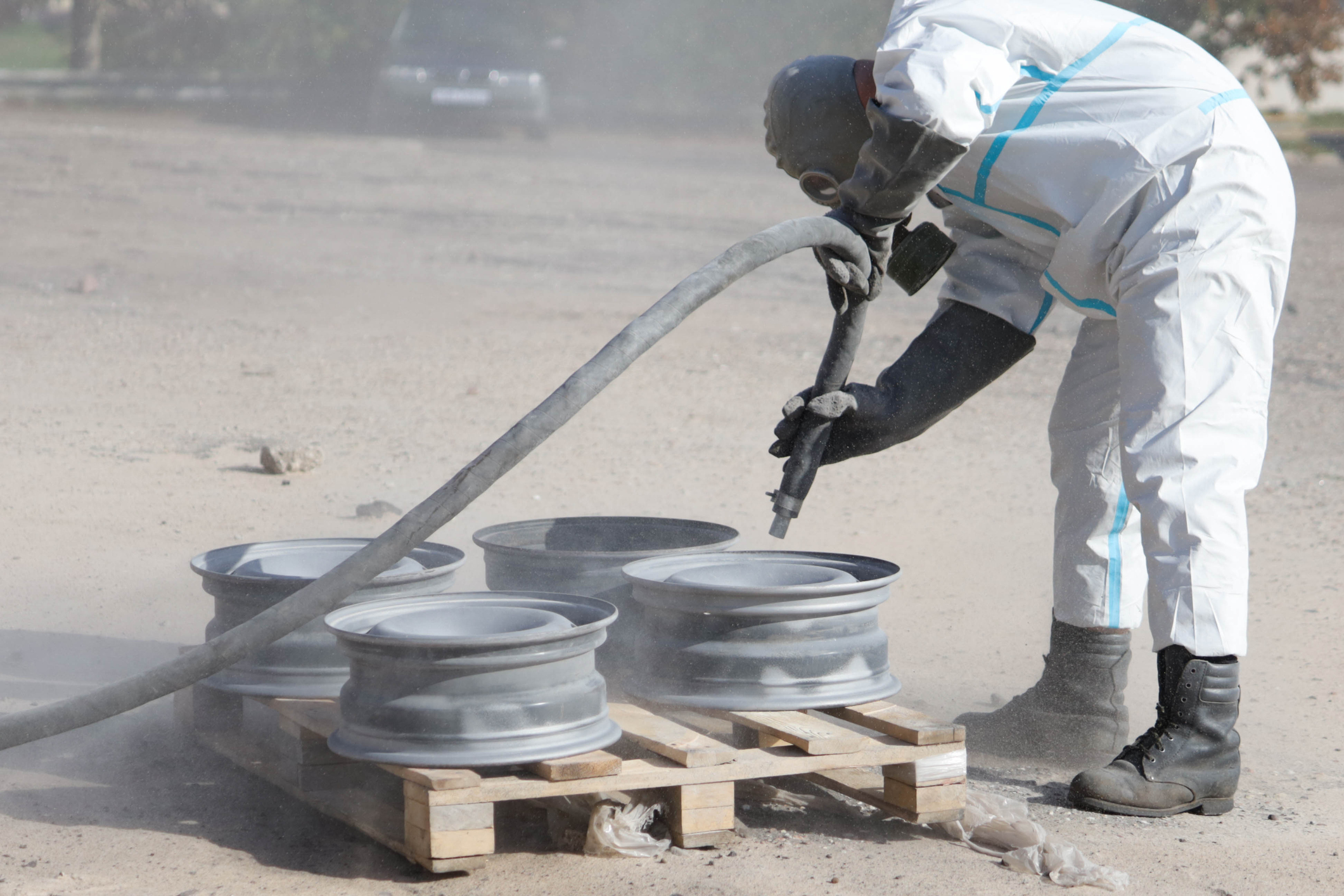
Ft. Lauderdale is no stranger to sudden rain, high humidity, or blistering heat. Weather can bring a paint project to a halt, even when skies look clear. Humidity above 85% prevents coatings from curing properly, while rain can wash away freshly applied paint. High winds make spray applications unsafe and inconsistent.
Even interior jobs are affected. If HVAC systems are down for maintenance or there’s inadequate ventilation, drying times increase and coatings may fail. In humid coastal regions, moisture control is as critical indoors as it is outdoors.
Professional painters adapt by using quick-dry or low-VOC coatings that resist moisture, or by scheduling exterior work during stable weather windows. Moisture meters and digital thermometers help crews monitor conditions in real time.
Reality #5 – Paint Products Have Technical Limits
Not all paints are created equal. A product that works beautifully on drywall might fail on masonry. That’s why one of the harshest realities in a commercial paint project is understanding that every coating has technical limits.
Examples:
- Epoxy systems deliver excellent chemical resistance for warehouse floors but chalk under UV exposure.
- Elastomeric coatings protect stucco from water intrusion but can trap moisture if applied incorrectly.
- Acrylic paints provide great color retention indoors but wear down quickly in high-traffic industrial areas.
Relying on the cheapest paint often backfires. Professional painters in Ft. Lauderdale consult with suppliers like Sherwin-Williams, PPG, and Benjamin Moore to match coatings with surface type, exposure, and maintenance goals. Manufacturer data sheets specify temperature ranges, recoat times, and application tools required.
Common Commercial Paint Products and Applications
| Product Type | Best Use | Technical Limitation |
|---|---|---|
| Epoxy | Floors, industrial surfaces | Poor UV resistance |
| Elastomeric | Stucco, masonry exteriors | Must allow moisture to escape |
| Acrylic | Interior drywall, office walls | Low durability in industrial areas |
| Polyurethane | High-wear surfaces, trim | Requires skilled application |
Reality #6 – Cost Control Is Constantly Tested
Budgets in commercial paint projects are tight. Yet hidden conditions can push costs higher than expected. Cracked stucco, rusted steel, or damaged drywall often reveal themselves only after prep begins. Change orders and client-driven adjustments add strain.
Labor is the biggest cost driver. Skilled crews are essential, but their productivity depends on conditions. Weather delays, additional prep, or safety requirements all reduce output, which affects costs.
To maintain control, professional contractors use estimating tools, progress reports, and quality inspections. Transparency with clients ensures surprises are handled quickly. Smart property owners also schedule preventative maintenance painting, which is far cheaper than waiting until coatings fail entirely.
How Professionals Handle These Realities
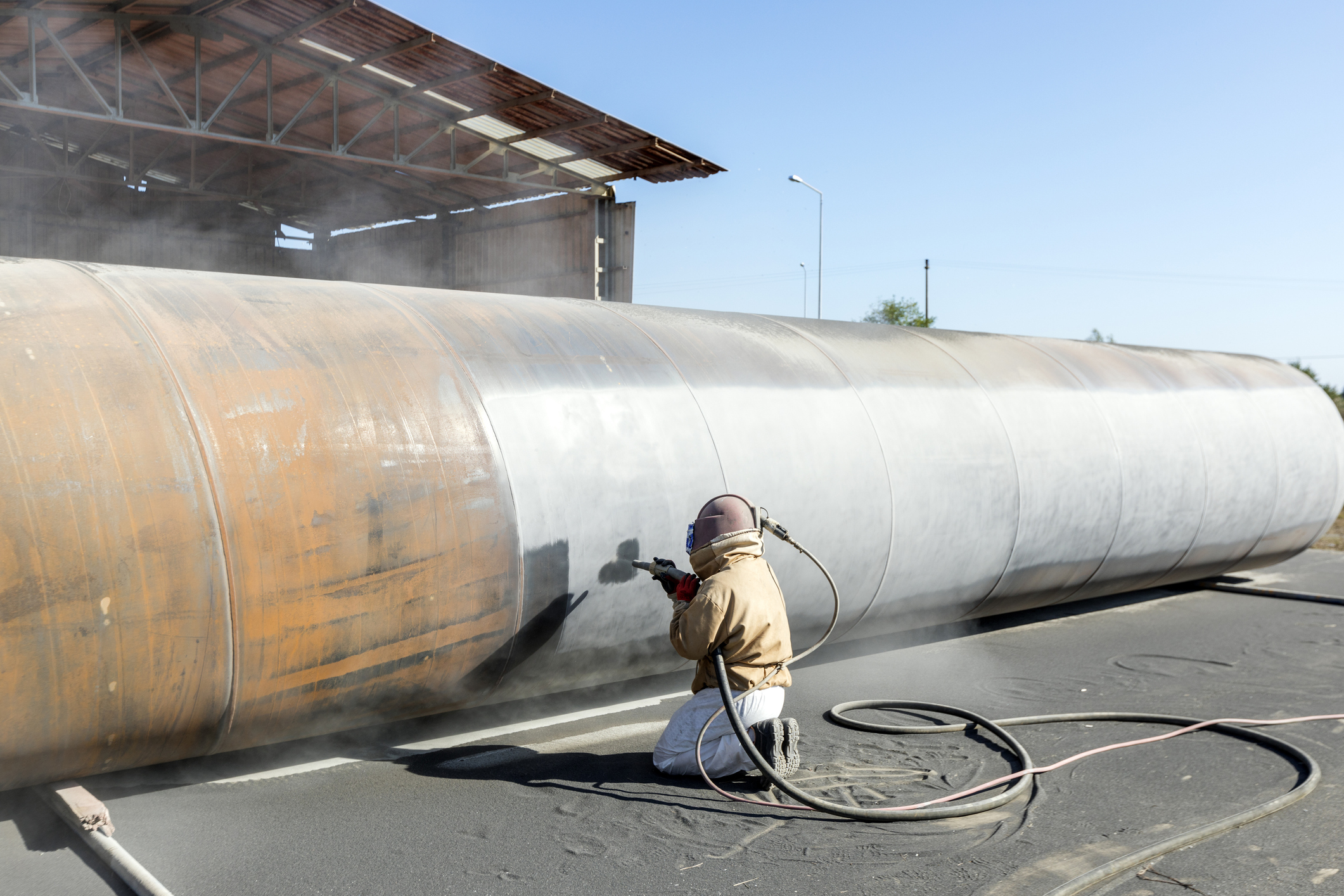
The six harsh realities of commercial paint projects are unavoidable—but manageable with the right team. Professional contractors:
- Build flexible project schedules with contingency time.
- Invest in training, OSHA certifications, and EPA compliance.
- Partner with trusted suppliers for product performance guarantees.
- Maintain communication with property managers through daily logs and progress reports.
In Ft. Lauderdale, choosing a local contractor who understands coastal humidity, hurricane threats, and tenant needs is crucial. Working with seasoned professionals helps avoid the costly cycle of rework, downtime, and unsatisfied tenants.
Lessons for Property Owners & Facility Managers
Commercial painting isn’t a one-time event—it’s part of long-term property care. Property owners and managers can make smarter decisions by:
- Setting realistic schedules that account for prep, safety, and weather.
- Expecting contingencies for weather or hidden repairs.
- Choosing coatings for durability and environment, not just cost.
- Hiring licensed, insured commercial painters with proven local experience.
Preventative maintenance painting programs extend the life of coatings, reduce major repairs, and protect property value. In coastal Ft. Lauderdale, routine upkeep is more than recommended—it’s necessary.
For a deeper look at how neglecting these realities can lead to expensive consequences, see our guide on water damage in commercial buildings.
People Also Ask (PAA)
What are the main challenges in a commercial paint project?
Scheduling, surface prep, safety, weather, product limitations, and cost control.
Why does surface preparation take longer than painting itself?
Because coatings need clean, stable surfaces to adhere properly—otherwise failure is inevitable.
Can weather delay commercial painting projects?
Yes. In Ft. Lauderdale, rain, humidity, and heat directly impact curing and safety.
Why do commercial painting projects go over budget?
Hidden repairs, change orders, and productivity delays are common drivers.
What types of paint are used in commercial buildings?
Epoxies, elastomerics, acrylics, polyurethanes—each with specific strengths and limits.
Facing the Realities Ensures Better Results
A commercial paint project isn’t just a coat of color. Each day brings realities that affect scheduling, prep, safety, environment, product performance, and cost. When handled by experienced contractors, these realities don’t derail the project—they protect it.
For Ft. Lauderdale property owners, facing these challenges with a professional team ensures durable finishes, reduced downtime, and long-term savings. Before starting your next project, schedule a professional site evaluation to understand the full scope.
